
What to Do When You Get a DUI? A Helpful Guide
In 2016 alone, over 1 million drivers across the U.S. got arrested for driving under the influence.
If you fall under this category, you might feel your world has crumbled. However, you can come out of a DUI and get your life back on track.
If you’re not sure what to do when you get a DUI, you came to the right place. Read on to get started.
Write Everything You Remember Down
After you’ve been arrested for a DUI, everything might feel like a blur. It’s normal for you to try to piece everything together so you can make sense of what happened the night before.
As you piece together the night before, make sure you write everything you remember down. Even if you think a detail is too small, it might help you in the future.
Start by writing down everything that happened by the hour. For example:
- 8:00 p.m. left house to meet friends
- 8:30 p.m. arrived at the party
- 11:30 p.m. decided to go home
- 11:45 p.m. got pulled over by cops
- 12:15 p.m. got arrested
Making a timeline is helpful because it will allow you to make your case when you show up in court.
Aside from writing down the timeline, you should also write down any relevant information you remember.
- Location where you got pulled over
- Speed you were driving
- Time you got pulled over
- Initial conversation with the police
- Sobriety tests the police made you perform
- Your answers you gave the police
- Unusual or unfair treatment
Once you have sobered up and settled down, write as much information as you remember.
Call a DUI Attorney
If you were arrested for a DUI, you will need to call an attorney even if it was your first offense. You might want to contest the charges or help you with your guilty plea, so the right DUI lawyer should be on your side.
While the court might assign you a public defender, it’s advised you get a lawyer who will focus on your case. If you don’t have the funds to pay for an attorney, you might be able to find a pro bono lawyer.
Make Your Information Private
Those convicted of a DUI should set their online profiles as private. The last thing you want is for the state to try to build a case against you by looking at your social media accounts.
If you posted photos of the night you got the DUI, you should delete all of those photos. It’s also a good idea to ask your friends to delete any photos from the night.
Opposing counsel might also use things on your social media to make a case about your character. The last thing you want is for them to use old Twitter posts as a reflection of your character.
If you have questions about whether or not you should delete your social media accounts, your DUI attorney should be able to advise you. Of course, you could also delete all of your social media accounts until everything has been settled.
Get Ready for Your Court Date
As the date of your court date approaches, make sure you’re well prepared for it. Talk to your attorney a few days before if you have any questions about what to say or do.
When you show up in court, you have to look your best. The judge won’t be as sympathetic if you look like you just rolled out of bed.
- Don’t wear baggy pants
- Women should avoid showing cleavage, legs, and mid-section
- Men should wear a button-down shirt, slacks, and tie
- Women should wear a nice blouse, slacks, and a professional skirt
- Clothes should be clean, well-fitted and wrinkle-free
It’s also important to arrive on time for your court date, so leave your house with plenty of time to spare.
Also, you should remain well-composed and only speak when spoken too. Try to keep a neutral face and avoid smirking, laughing, or anger gestures.
Accept the Consequences
No matter if it was your first offense, you will receive a punishment for driving under the influence.
Although the severity and conditions of a DUI punishment vary by the state, they are generally the same for a first-time DUI offense. You can expect some of the following:
- Up to $500 fine
- 50 hours of community service
- Up to six months in jail
- Up to one-year probation
- Up to 180 days without a license
- Driver education course
It’s up to the judge to decide which of the above you will receive. Having a good DUI lawyer will also play a part in you receiving a lesser punishment.
Whatever your punishment is, make sure your punishment is, make sure you begin right away. If you have to complete volunteer hours, make sure you get started right away.
Work on Getting Your License Back
If you get convicted of a DUI, you can expect to lose your license for up to 180 days.
It’s important you carry out your sentence as the court mandates. Failure to do so will only add more time to your punishment.
However, if your need to drive to get to school or work, it could be possible for you to obtain a hardship license. With a hardship license, you will be able to drive under certain conditions.
Get Your Life Back
Once you’re done serving your sentence and got your license back after a DUI, it’s time to move on with your life.
First, you will need to work on getting car insurance back. If your current car insurance drops you, you will have to find a new one. You can expect to have a higher monthly payment and deductible.
Once you deal with all of the paperwork, it’s time you focus on making different decisions, so you don’t end in the same situation twice.
What to Do When You Get a DUI: The Bottom Line
Now that you know what to do when you get a DUI, it’s time you start moving forward with the process.
After you get a DUI, you should write everything down, contact an attorney, appear in court, accept the consequences, get your license back, and move on with your life.
If you enjoyed this article and would like to learn more, check out the rest of our blog.

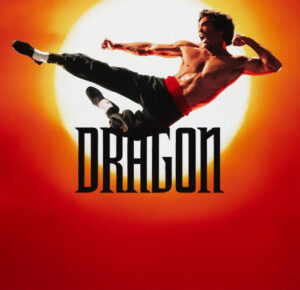
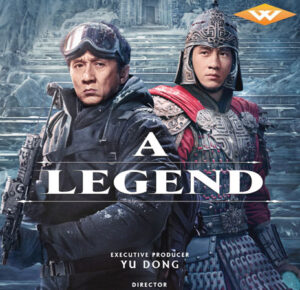
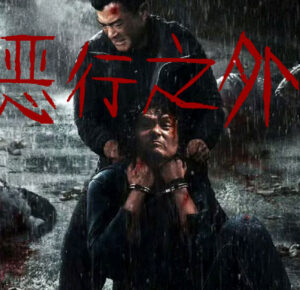




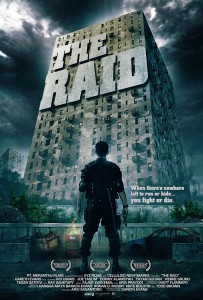


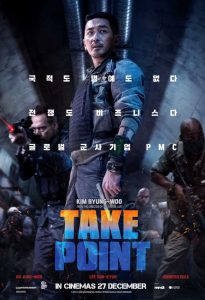
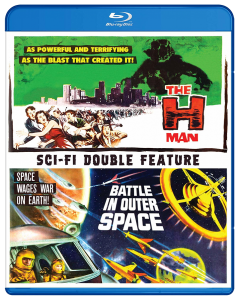
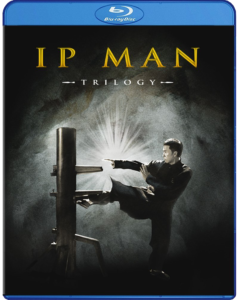



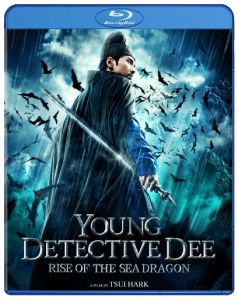



Be the 1st to Comment